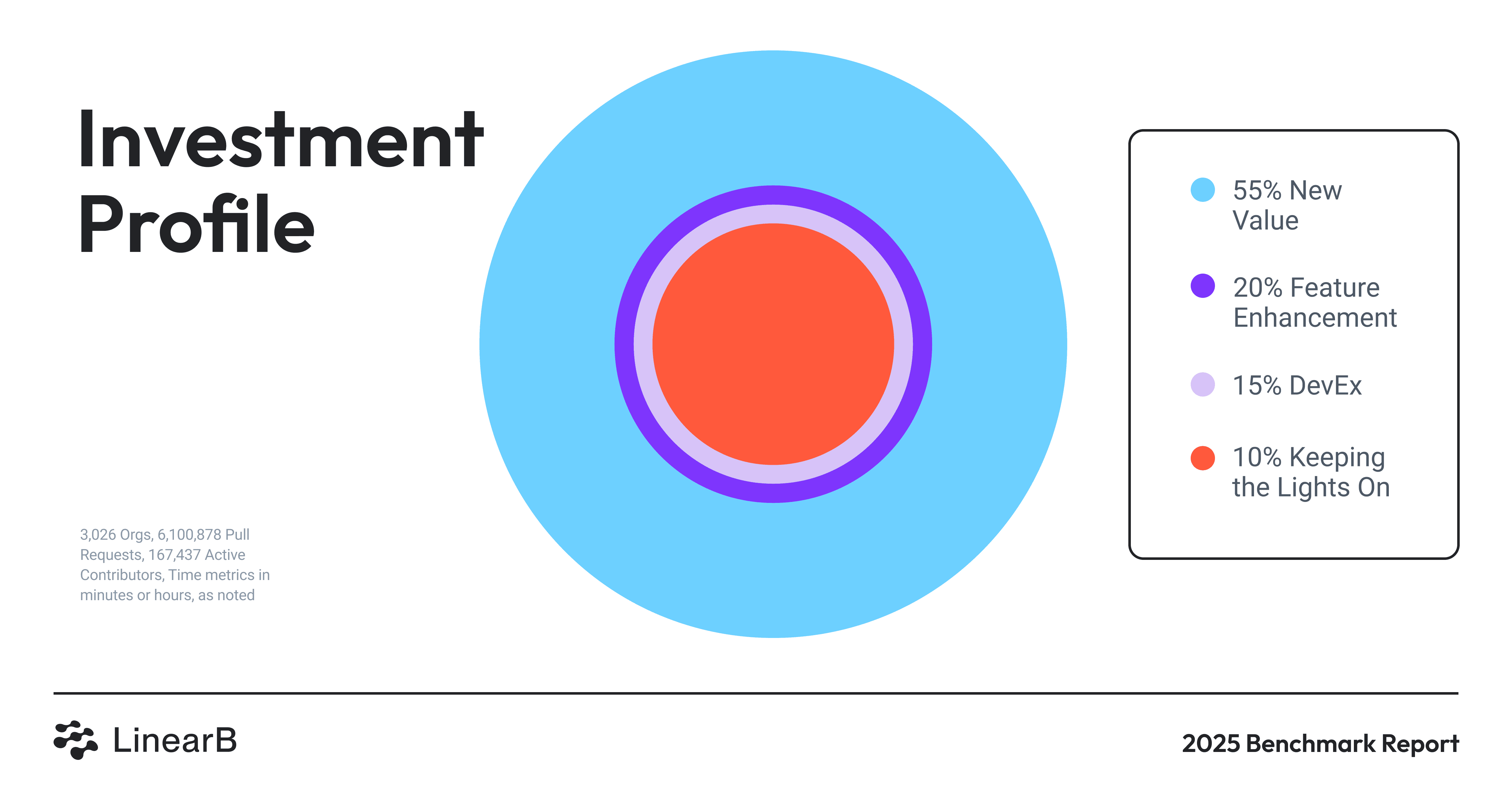Internal Developer Platforms (IDPs) have emerged as a popular solution for improving developer productivity and streamlining workflows. While they can deliver immense value in the right circumstances, they’re not the best investment for every organization. For software engineering leaders, evaluating whether an Internal Developer Platform aligns with your team’s size, complexity, and priorities is critical before committing significant resources.
Here are ten scenarios in which investing in an IDP might not be the right move—and actionable alternatives to consider instead.
1. Your Development Team is Small
Small teams, especially those with fewer than 50 developers, typically face less tool and process fragmentation. Direct communication and collaboration can resolve inefficiencies more effectively than a centralized platform.
What to do instead: Focus on lightweight tools that help with process optimization. For example, invest in better task management tools or ensure clear documentation to streamline workflows without the overhead of an Internal Developer Platform.
2. Your Development Complexity is Limited
Organizations with simple workflows, such as a single CI/CD pipeline, minimal microservices, or no complex cross-team dependencies, might not gain enough value from an IDP to justify its cost.
What to do instead: Focus on basic automation or detailed process documentation. For example, standardize your CI/CD pipelines with scripting or lightweight templates to keep processes efficient and manageable.
3. Your Organization Isn’t Ready
Without cultural readiness or a willingness to adopt standardized workflows, an Internal Developer Platform may go unused. Resistance to change can result in wasted time and money on a tool that doesn’t fit existing habits.
What to do instead: First, address cultural and process challenges. Start small by introducing standardized processes, fostering a self-service mindset, and ensuring team buy-in for new tools.
4. Your Development Velocity is Low
Internal Developer Platforms deliver value by accelerating development cycles and improving productivity. If your organization has infrequent releases or low-pressure projects, the ROI of an IDP may not materialize.
What to do instead: Analyze the root causes of low velocity, whether skills gaps, outdated tooling, or lack of clear priorities, and address those issues directly. A skills development program or targeted tooling upgrades can deliver more immediate results.
5. Budget Constraints Are Tight
Building or purchasing an IDP comes with significant upfront and ongoing costs. If resources are constrained, it’s better to focus on high-impact investments elsewhere.
What to do instead: Measure and optimize engineering investments to ensure you’re efficiently optimizing resource allocation. Use DevEx metrics to analyze the effectiveness of new tools, processes, and initiatives to identify opportunities to increase or scale back investments.
6. Developers Don’t Have Clear Pain Points
If your developers aren’t reporting challenges like tool sprawl, onboarding difficulties, or knowledge silos, an IDP may create unnecessary complexity.
What to do instead: Use quantitative metrics to conduct a workflow audit and identify team bottlenecks. Focus on continuous improvement and monitor key performance indicators, like DORA metrics, to spot new problems in real-time.

7. Misalignment with Business Goals
If engineering and business leaders aren’t aligned on the value of developer experience, an IDP is unlikely to receive the support or resources it needs to succeed.
What to do instead: Measure your investment profile and resource allocation and ensure they match business expectations.

Ensure your engineering organization balances new value generation with maintenance and reducing tech debt to better ensure long-term sustainability.
8. Your Tooling Stack is Difficult to Integrate
Outdated or heavily customized tools without robust APIs can make integrating them into an Internal Developer Platform prohibitively complex and costly.
What to do instead: Modernize your tooling stack before considering an IDP. Adopt tools that support API integrations and follow modern standards to lay the groundwork for future scalability.
9. You Need Immediate Results
Because of the heavy upfront investment, Internal Developer Platforms typically deliver long-term value, which might not align with a need for quick wins.
What to do instead: Focus on short-term process fixes or tool upgrades. For instance, introduce a monitoring tool to reduce incident response times or implement simple automation to eliminate repetitive tasks.
10. You’re Not Ready to Maintain It
Internal Developer Platforms require ongoing maintenance, updates, and customization to remain effective. Without dedicated resources, they can quickly become stale and lose their value.
What to do instead: Invest in simpler solutions that require minimal upkeep. Tools like static documentation platforms or pre-configured CI/CD templates can deliver value without the overhead.
Rethink Before You Build: Align Solutions with Real Needs
An Internal Developer Platform can drastically change how you improve developer experience and streamline workflows. But for many software engineering leaders, an IDP may not be the most strategic investment, especially if team size, complexity, or readiness aren't aligned with its implementation demands.
Rather than defaulting to "build an IDP" as the answer, focus on practical, targeted alternatives. Sometimes, the better approach is to streamline existing processes, optimize tooling, or foster a culture of continuous improvement rather than invest in an IDP. These smaller, more focused changes often deliver faster ROI and avoid the hidden costs of large, underutilized systems.
Ultimately, the decision to invest in an IDP should be driven by clear pain points, alignment with business goals, and a readiness to maintain and support the platform. If these conditions aren't met, you're better off exploring lighter, more agile solutions that meet your team’s immediate needs. As with any investment, the goal is to drive meaningful impact, not just follow industry trends. By taking a thoughtful, problem-first approach, engineering leaders can ensure their efforts directly contribute to developer productivity, team satisfaction, and business outcomes.




